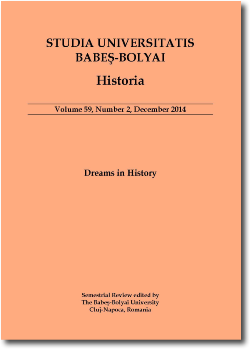NEW RESULTS ON THE MENDICANT ECONOMY IN MEDIEVAL HUNGARY: SPATIAL DISTRIBUTION, URBAN(?) CONTEXT
NEW RESULTS ON THE MENDICANT ECONOMY IN MEDIEVAL HUNGARY: SPATIAL DISTRIBUTION, URBAN(?) CONTEXT
Author(s): Beatrix F. RomhányiSubject(s): History
Published by: Studia Universitatis Babes-Bolyai
Keywords: Central Europe; Mendicant Orders; monastic network; social contacts; economy; settlement system
Summary/Abstract: In Western Europe the mendicant economy is discussed mainly in urban context. However, the different orders followed different strategies in acquiring the support of the faithful, and thus their social background differed, too. In East Central Europe, the most urban were the Dominicans, the Carmelites and the Franciscan Conventuals, while the most rural were the Austin Hermits. In the case of the Franciscan Observants one can observe a close connection between political activity, intensive royal and aristocratic support, and economic success which resulted in unusual forms of alms donations. The unprecedented success of the Observants was also due to the common aim of the political elite and of the friars to stop Ottoman expansion. Since the economic and political roles played by the bourgeoisie in Western Europe were partly taken over by the nobility they became the “natural” supporter of the mendicants, especially of the Franciscans in this part of Europe. Due to these factors the Hungarian mendicant provinces were the largest in East Central Europe from the late fourteenth until the early sixteenth century.
Journal: Studia Universitatis Babes-Bolyai - Historia
- Issue Year: 60/2015
- Issue No: 1
- Page Range: 15-38
- Page Count: 24
- Language: English

